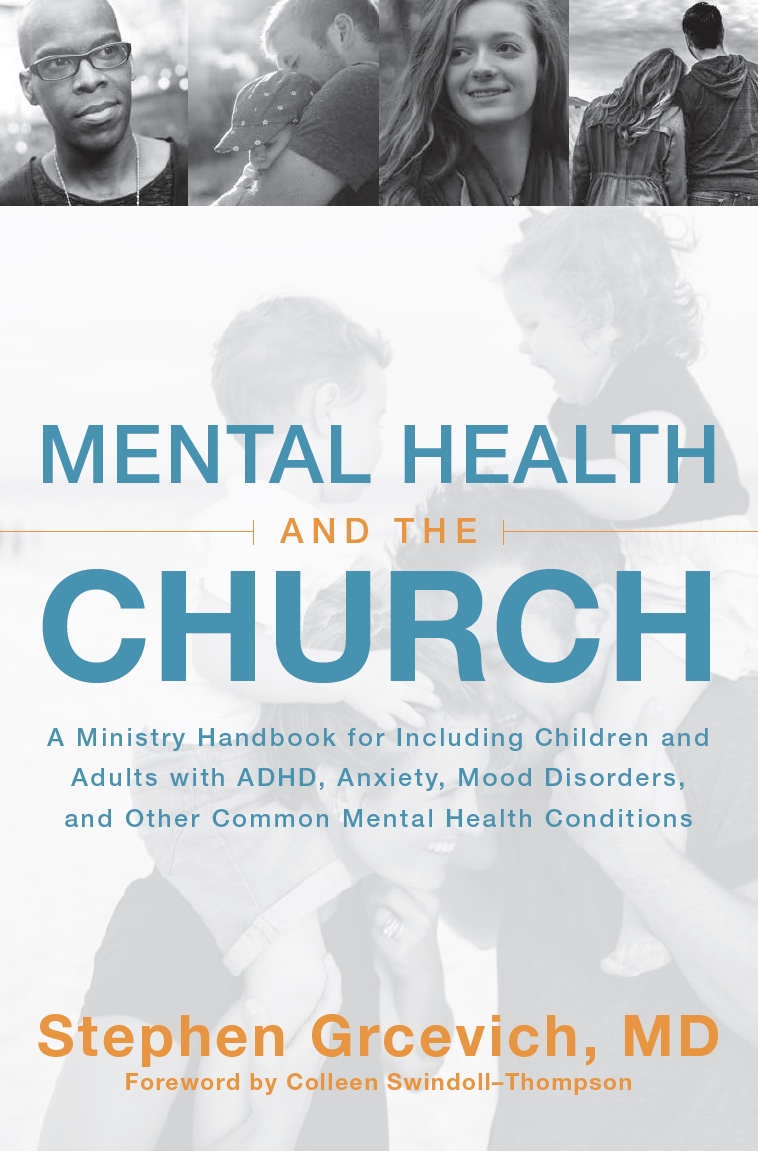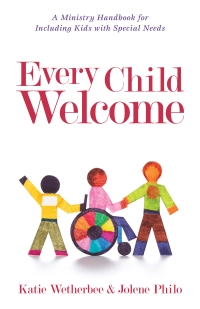 Welcome to our Summer Blog Series examining the impact of anxiety disorders on church participation and spiritual development in kids. Today, we’ll continue our look at challenges church participation poses for children and teens with anxiety disorders by discussing specific situations likely to cause distress for kids with separation anxiety and panic disorder.
Welcome to our Summer Blog Series examining the impact of anxiety disorders on church participation and spiritual development in kids. Today, we’ll continue our look at challenges church participation poses for children and teens with anxiety disorders by discussing specific situations likely to cause distress for kids with separation anxiety and panic disorder.
Kids with separation anxiety will have often have difficulty when they and their parents go in different directions for church activities appropriate for their age group. The combination of the child’s internal distress and the anxiety both the child and parent feel when their emotions are on display in a very public place often result in a very unpleasant experience that influences their attitudes about church attendance. Having a quiet area available close to the entrance to the children’s ministry area allows for parents to process the separation through the use of problem-solving strategies with less emotional distress for the child and their family. Training greeters and staff to recognize families in need of extra support and to quickly locate support personnel before and after church services is also critical to avoiding a very negative experience for the child and parents.
Some children with separation anxiety may benefit from the opportunity for a parent accompany them through their worship service or Sunday School experience. If the child is able to separate to go to school, connecting them with familiar peers at church upon arrival may help ease the transition. Allowing the child to see where their parent will be at church and offering (with permission of the parent) to take the child to their parent can help to ease distress associated with separation.
One way to identify kids at risk of separation anxiety disorder is to look for kids from families who regularly attend church sitting with their parents in the worship center or sanctuary while children’s programming is taking place.
Large group worship experiences may be distressing to children and youth prone to panic attacks with agoraphobia. Panic episodes are often triggered in warm, noisy, crowded environments and exacerbated by the person’s distress at not being able to leave the environment without drawing untoward attention. Reserving a few open seats near an exit for families to access after the beginning of the service or the availability of folding chairs in the back of the sanctuary or near video monitors in the lobby allows families of children prone to panic attacks to attend worship without having to explain their situation to an usher.
Children and adults with anxiety often prefer to blend into the background and experience great distress when recognized in front of others. Sensitivity to this type of attention is often heightened during the middle school years when kids in general are exquisitely sensitive to how they’re perceived by their peer group. The spontaneous, enthusiastic, well-intentioned youth pastor may make a seemingly innocuous comment about a child with anxiety in front of the larger group at church that results in such a sense of embarrassment for the child that they never return to the group.
The middle school pastor at one of our local churches is very enthusiastic and does a terrific job of connecting with kids. The pastor has a policy of “No kid sits alone at church,” which is obviously well-intentioned. I know a fabulous kid (Hannah) who volunteers at this church, is very responsible, has a great heart for God and a number of good friends. Hannah is a little on the shy side but doesn’t have issues of such significance to warrant a diagnosis of Social Anxiety Disorder. One morning when Hannah was sitting by herself at the middle school worship service, the pastor asked several girls to sit with Hannah in front of the entire group. After that morning, Hannah would only go to her large group service when she was assured that one or more of her friends would promise to walk in with her from the beginning of the service.
Next…We continue our look at challenges for kids with anxiety at church by discussing small groups, retreats and mission trips.





I would have never thought that asking kids to sit with someone by him/herself would be a bad thing. Thanks for bringing this to light as well as ways to “correct” the situation without stirring up the anxiety…
aaron
LikeLike